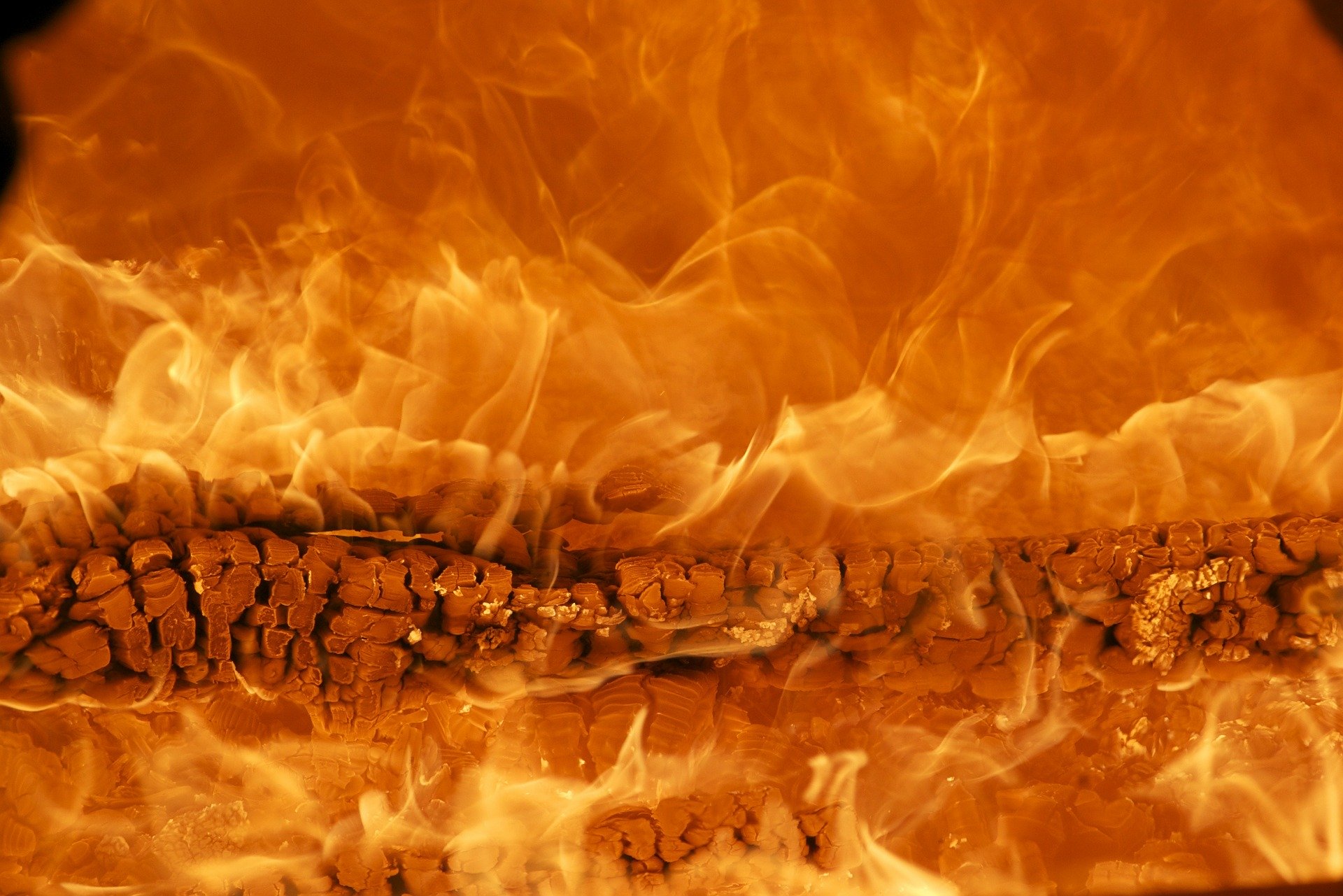
A fire broke out in a cathedral in Nantes, western France, on April 18. It’s suspected to be arson, shipped from several locations, and you may recall that there was another fire at Notre Dame Cathedral in 2019.
It’s not well known, but fires destroy historic buildings every day in the world. Japan is no exception and Shuri Castle and many other buildings have been destroyed by fire.
Our company originated as a non-profit organization that was established after the Niigata Chuetsu Offshore Earthquake, and we have “disaster reduction” as our company motto. We are focusing on wooden fires and have been researching non-combustible wood since the company was founded.
This is why we feel frustrated every time we hear about fires in historical buildings in the news. So, I would like to discuss our knowledge and the current state of fire prevention and fire protection in historical buildings.
In the past, we have asked the Kyoto Prefecture Disaster Prevention and Fire Prevention Planning Division if there is anything we can do to help with fire prevention. I have contacted him.
I received a polite reply from the person in charge of the Buildings Protection Division, Protection of Cultural Properties, Guidance Department of the Kyoto Prefectural Board of Education. The answer is as follows.
As you say, it is important to raise awareness of the importance of preventing fires and to install fire prevention equipment.
However, we have not added chemicals to the materials of national cultural properties to increase their flame resistance. This is because, as a general rule, we do not add anything new unnecessarily to a building as each component has its own historical value. As a general rule, we try to preserve the building as much as possible while leaving it in its original state. (It is possible to apply termite repellent to key areas.
It is true that making the building less flammable is one way of preventing fire, but the buildings themselves will have to be preserved for hundreds of years to come, and it is unknown how the chemicals will change or what effect they will have on the future.
It may be a bit confusing for the average person to understand, but the bottom line is that historical buildings are supposed to be basically untouched. It is not a fire prevention or fireproofing concept, but more of a “firefighting” concept. How do you put out a fire after it has been started? This is the focus of the project.
Therefore, it is not expected that the fire will not start in the first place, but rather, how to deal with it when it does start? This is the idea behind the project. It is well understood that the measures to be taken depend on what part of the historic building is valued. However, there is a major drawback to this approach. It is that when a fire breaks out in a historical building or a building deep in the mountains that fire engines cannot enter, you cannot do anything about it.
At this point in time, it can’t help but be a measure that once a building burns, it is unavoidable to some extent. The same tendency seems to exist worldwide. In Japan, the Agency for Cultural Affairs has set up a day called “Cultural Disaster Prevention Day” to promote the protection of cultural properties. However, the content of the day is mainly about “firefighting” and not about “fire and fire prevention”.
Therefore, I believe that we will continue to see fire losses in historical buildings. It is very frustrating that our power is still not enough.
If SOUFA is applied to the wooden part, I think that it could be prevented to some extent.





